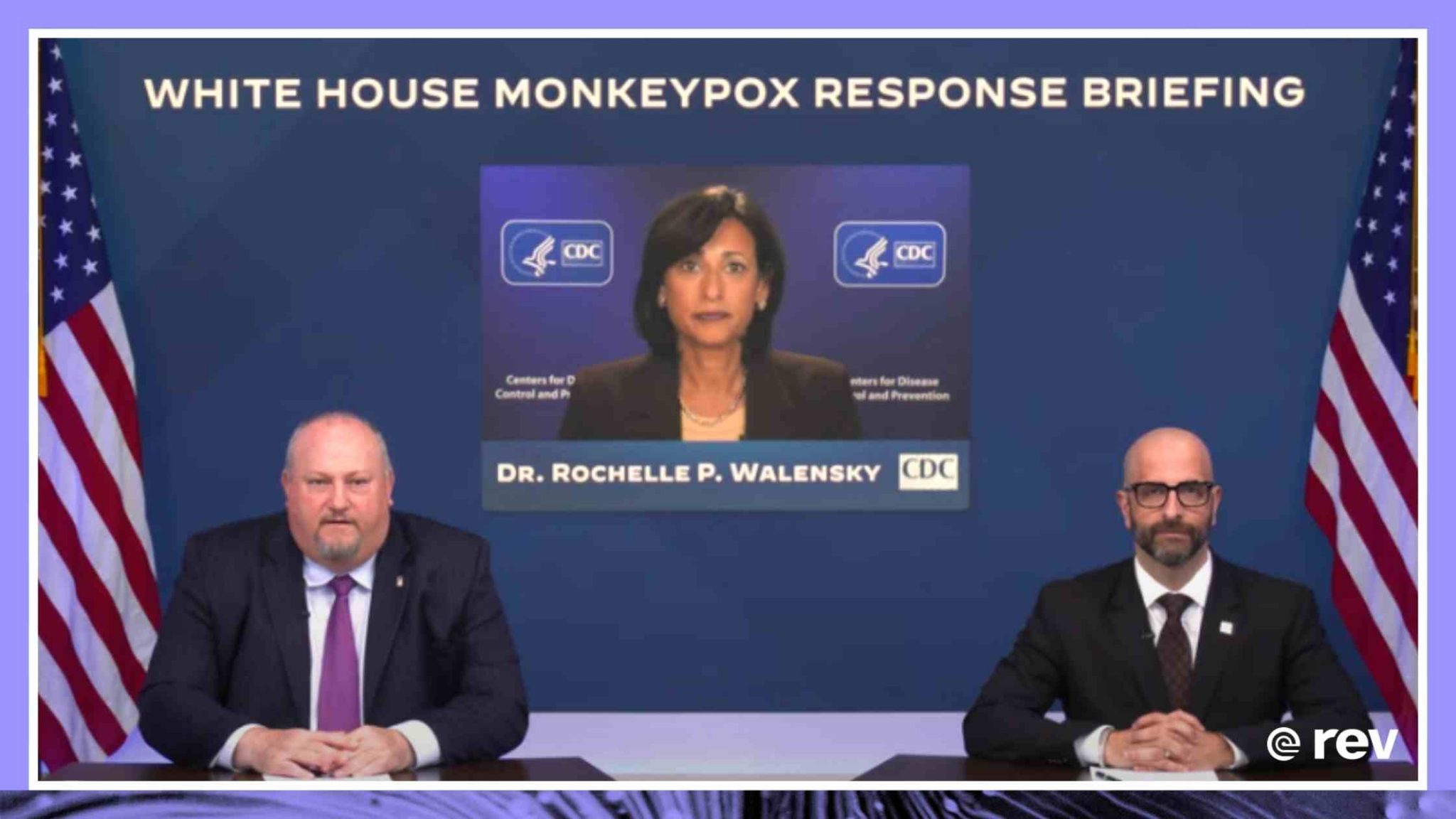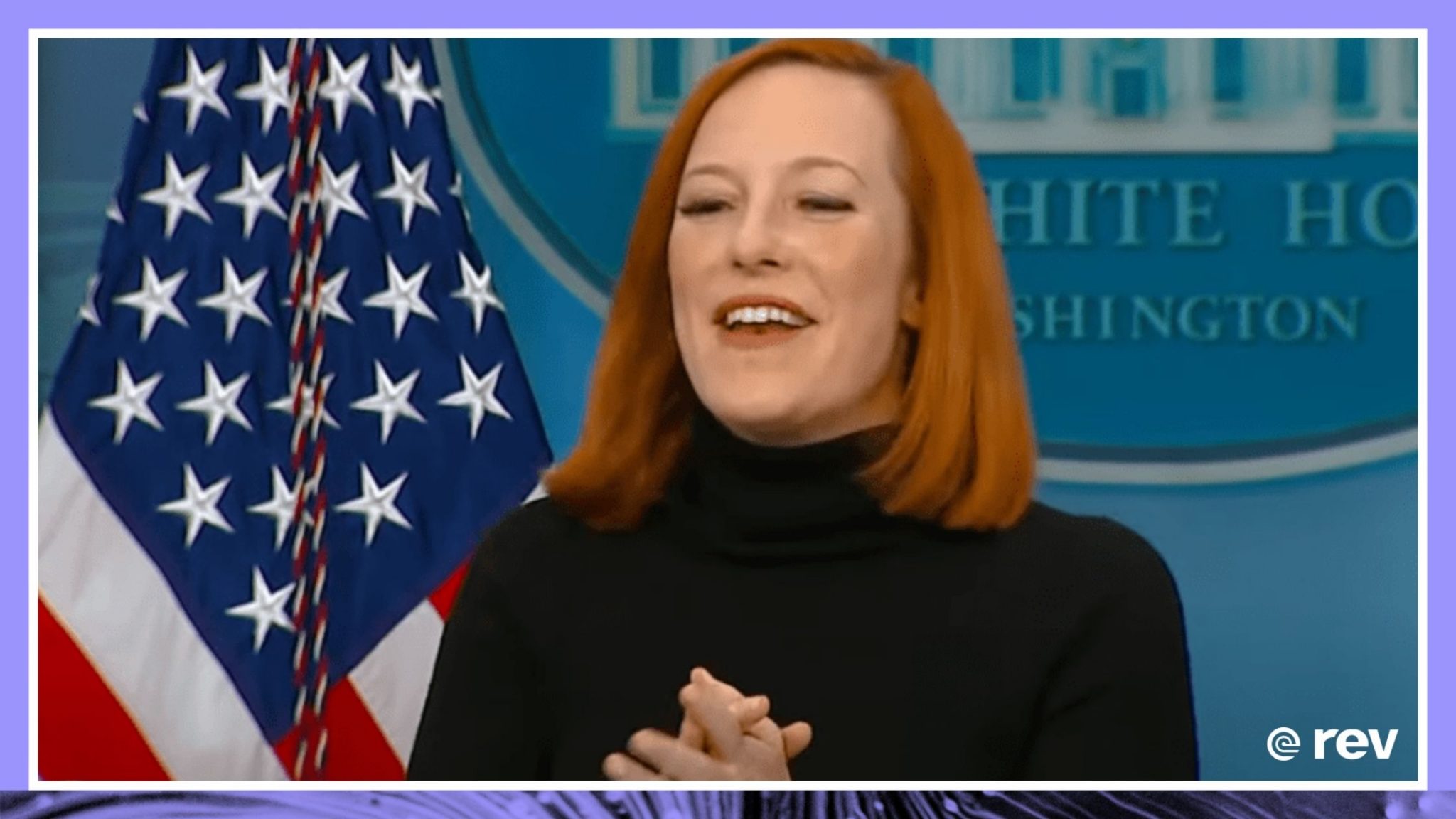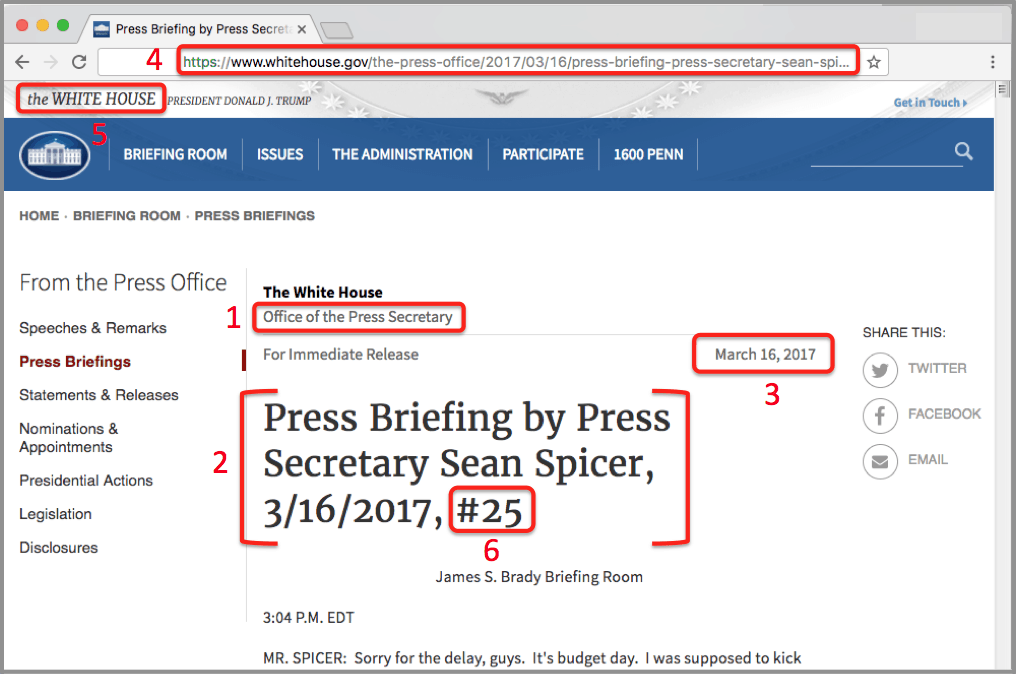White House Press Briefing Transcript Analysis

White house press briefing transcript – White House press briefings are essential events in American politics and media. They provide a platform for the White House to communicate its policies, decisions, and perspectives to the public and the press. These briefings play a crucial role in shaping public opinion and fostering transparency in government.
The White House Press Briefing Transcript provides a glimpse into the inner workings of the administration, revealing the strategies and policies that shape our nation. Like a master weaver, the transcript unveils the intricate threads that connect the White House to the broader tapestry of American life.
Among the many pressing issues discussed, one that stands out is the rising star of Mackenzie Gore , a young pitcher who has taken the baseball world by storm. His exceptional talent and unwavering determination have captured the attention of fans and experts alike, leaving an indelible mark on the game.
As the White House continues to grapple with complex challenges, the transcript serves as a testament to the ongoing dialogue and decision-making that guide our country.
The history of White House press briefings can be traced back to the early 20th century. In 1913, President Woodrow Wilson began holding regular press conferences, setting a precedent that would be followed by subsequent presidents.
Notable White House Press Briefings
Over the years, several White House press briefings have had a significant impact on American history and public discourse. Some notable examples include:
- In 1961, President John F. Kennedy held a press conference in which he Artikeld his plans for the Apollo program, which ultimately led to the first moon landing in 1969.
- In 1974, President Richard Nixon held a press conference in which he announced his resignation amid the Watergate scandal.
- In 2017, President Donald Trump held a press conference in which he made controversial statements about the Charlottesville white supremacist rally.
Content Analysis of White House Press Briefing Transcripts

White House press briefing transcripts provide a valuable record of the interactions between the White House press corps and the White House press secretary. These transcripts can be analyzed to identify the different types of content that are discussed, the language and tone that is used, and the key themes and trends that emerge.
One of the most important aspects of White House press briefing transcripts is the information that they provide about the White House’s agenda and priorities. The press secretary often uses these briefings to announce new policies, initiatives, or events. They also use the briefings to respond to questions from the press about current events and to provide updates on the president’s activities.
Types of Content
- Policy announcements: The press secretary often uses these briefings to announce new policies, initiatives, or events.
- Responses to questions from the press: The press secretary also uses the briefings to respond to questions from the press about current events and to provide updates on the president’s activities.
- Statements on behalf of the president: The press secretary sometimes uses the briefings to read statements on behalf of the president.
- Background information on White House activities: The press secretary often provides background information on White House activities, such as the president’s schedule or the activities of other White House officials.
Language and Tone
The language and tone used in White House press briefing transcripts can vary depending on the topic being discussed and the personality of the press secretary. However, there are some general trends that can be observed.
- Formal language: The press secretary typically uses formal language in these briefings, avoiding slang or colloquialisms.
- Diplomatic language: The press secretary often uses diplomatic language in these briefings, avoiding direct criticism of other countries or leaders.
- Positive tone: The press secretary typically uses a positive tone in these briefings, highlighting the accomplishments of the president and the White House.
Key Themes and Trends
White House press briefing transcripts can be analyzed to identify key themes and trends in the White House’s messaging. These themes and trends can change over time, depending on the current events and the priorities of the president.
- The president’s agenda: The press secretary often uses these briefings to promote the president’s agenda and to highlight the accomplishments of the president.
- Current events: The press secretary often uses these briefings to respond to current events and to provide updates on the president’s activities.
- The White House’s relationship with the press: The press secretary often uses these briefings to manage the White House’s relationship with the press.
Impact of White House Press Briefing Transcripts

White House press briefing transcripts play a pivotal role in shaping public opinion and informing journalists and researchers. They provide a record of the administration’s official stance on various issues, allowing the public to hold the government accountable.
Public Opinion
Transcripts of White House press briefings are widely disseminated through various media outlets, including newspapers, television, and online platforms. This broad reach ensures that the public has access to the administration’s messaging and can form informed opinions based on the information provided.
Moreover, transcripts allow for a more nuanced understanding of the administration’s policies and priorities. By analyzing the language and tone used by press secretaries, the public can gain insights into the administration’s approach to different issues.
Journalists and Researchers, White house press briefing transcript
White House press briefing transcripts are an invaluable resource for journalists and researchers seeking to understand the inner workings of the administration. They provide a rich source of information on policy decisions, diplomatic relations, and the administration’s interactions with the media.
Journalists rely on transcripts to accurately report on the administration’s stance and to hold the government accountable for its actions. Researchers use transcripts to analyze communication patterns, identify trends, and develop insights into the administration’s overall strategy.
Comparative Analysis
A comparative analysis of White House press briefing transcripts from different presidential administrations can reveal significant differences in communication styles and approaches.
The table below compares the content and impact of transcripts from the Trump, Obama, and Bush administrations:
| Administration | Content | Impact |
|---|---|---|
| Trump | Frequent attacks on the media, use of provocative language, focus on personal grievances | Polarizing effect on public opinion, increased media scrutiny |
| Obama | Emphasis on policy details, use of measured language, focus on transparency | Improved public understanding of complex issues, enhanced credibility with the media |
| Bush | Focus on national security, use of patriotic rhetoric, emphasis on unity | Rallied public support during times of crisis, influenced media coverage of the administration |
The White House press briefing transcript, a treasure trove of political insights, paints a vivid picture of the day’s events. As the briefing concludes, one’s thoughts drift to the captivating clash between France and Belgium, a match that promises to electrify the soccer world.
France vs Belgium prediction is a hot topic among soccer enthusiasts, with pundits and fans alike weighing in on the potential outcome. Returning to the press briefing transcript, one is struck by the sheer volume of information conveyed in such a concise format, making it an indispensable tool for understanding the inner workings of the White House.